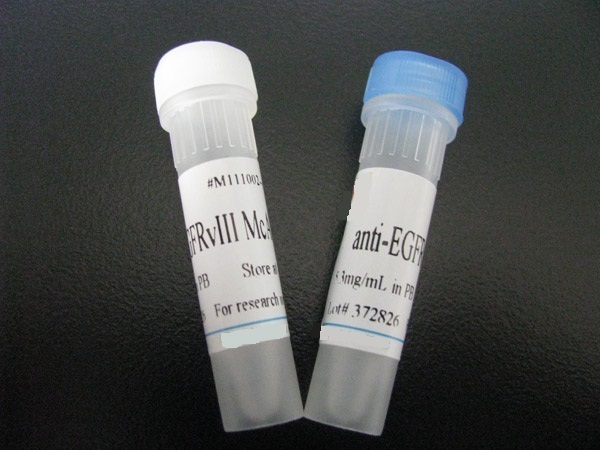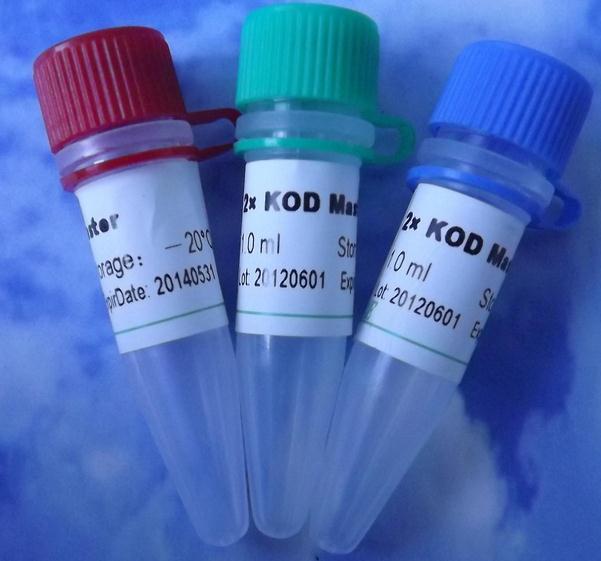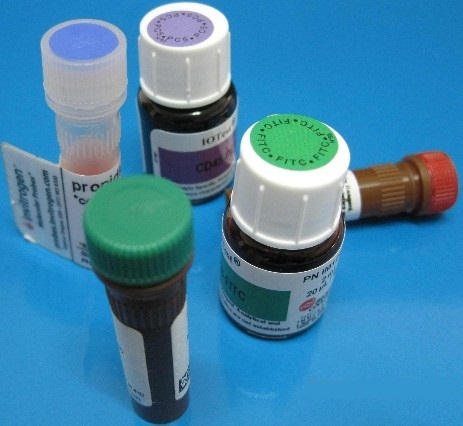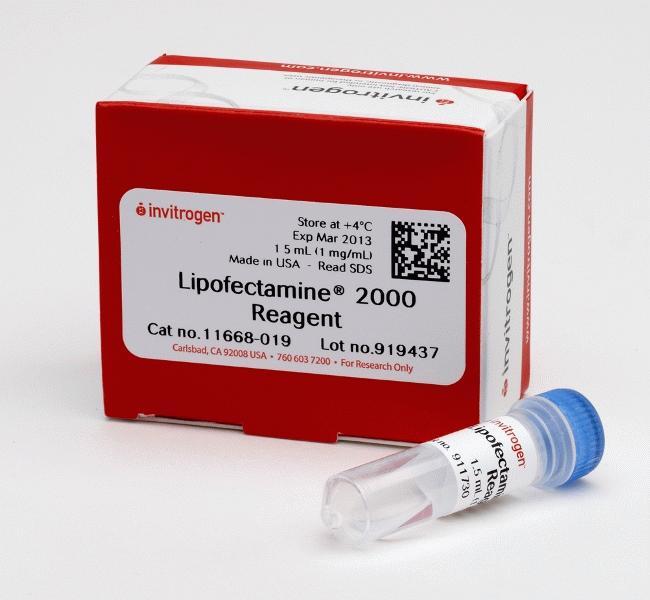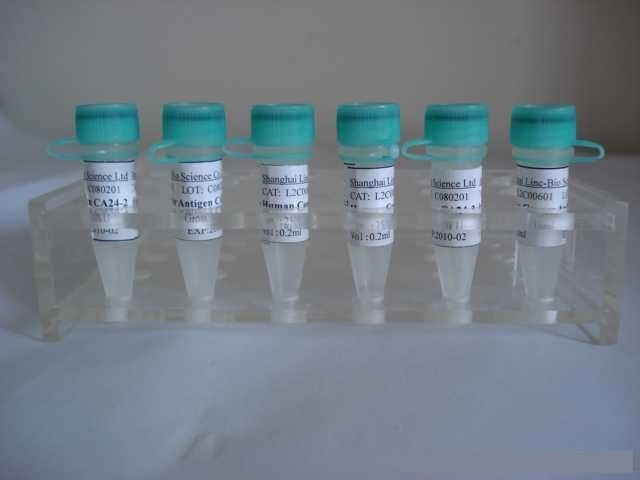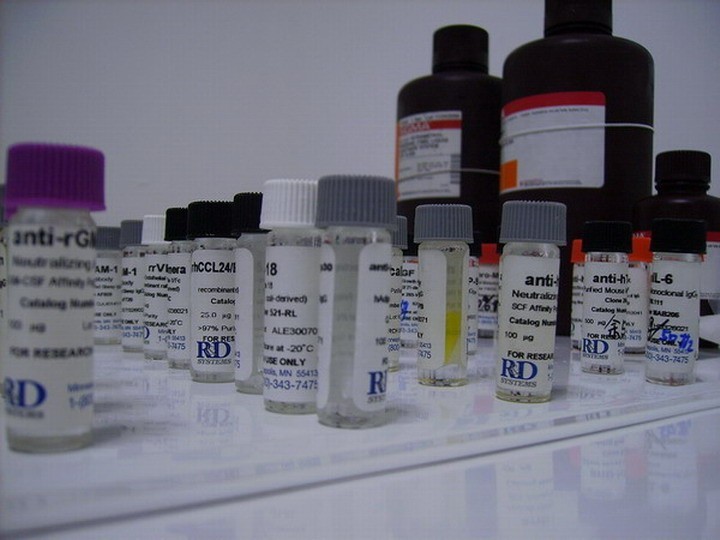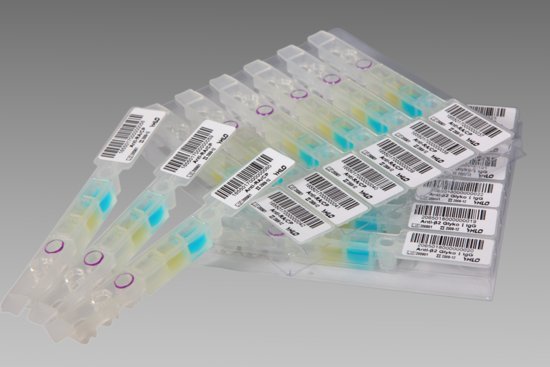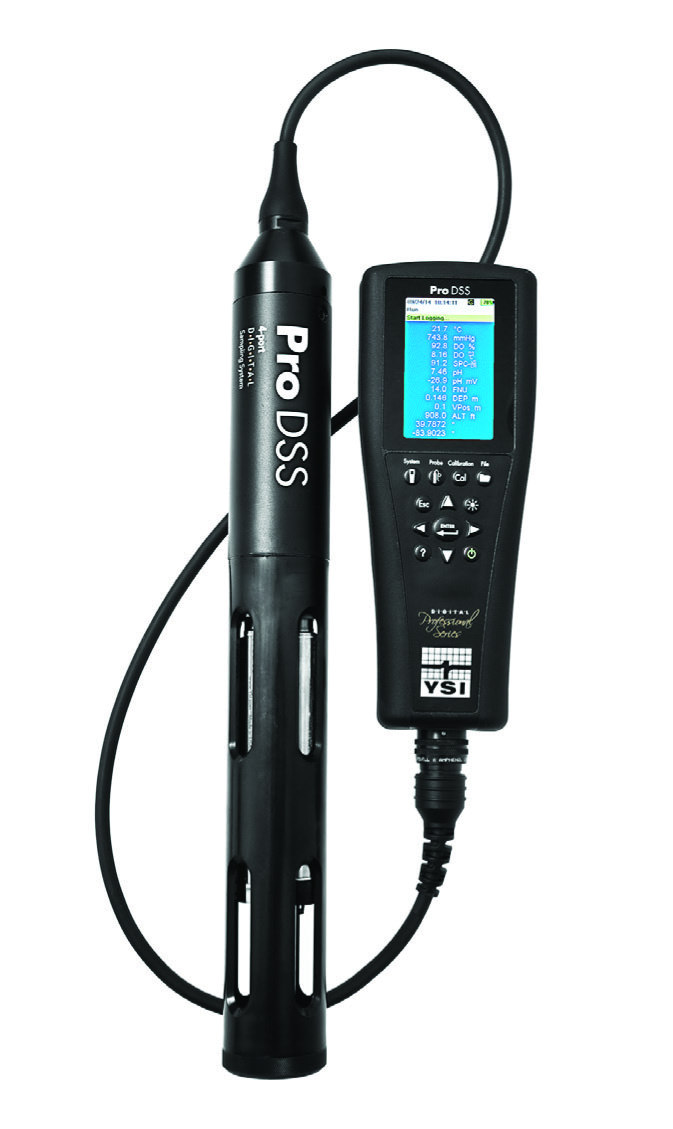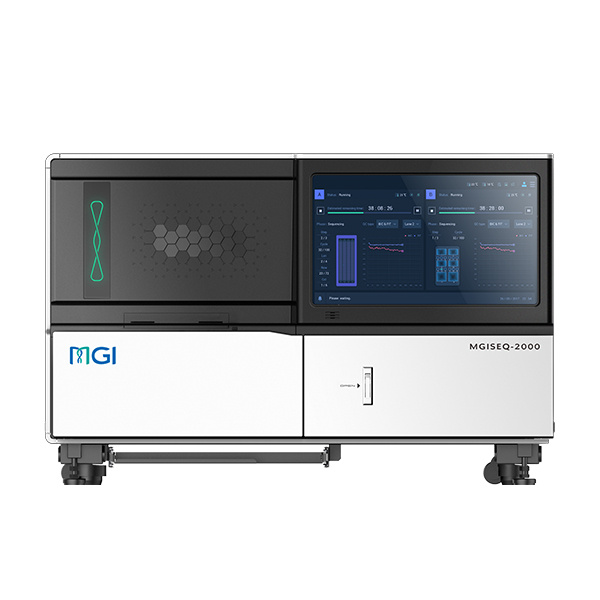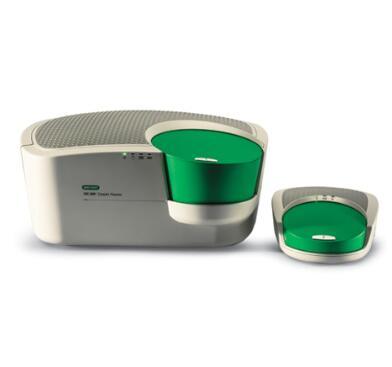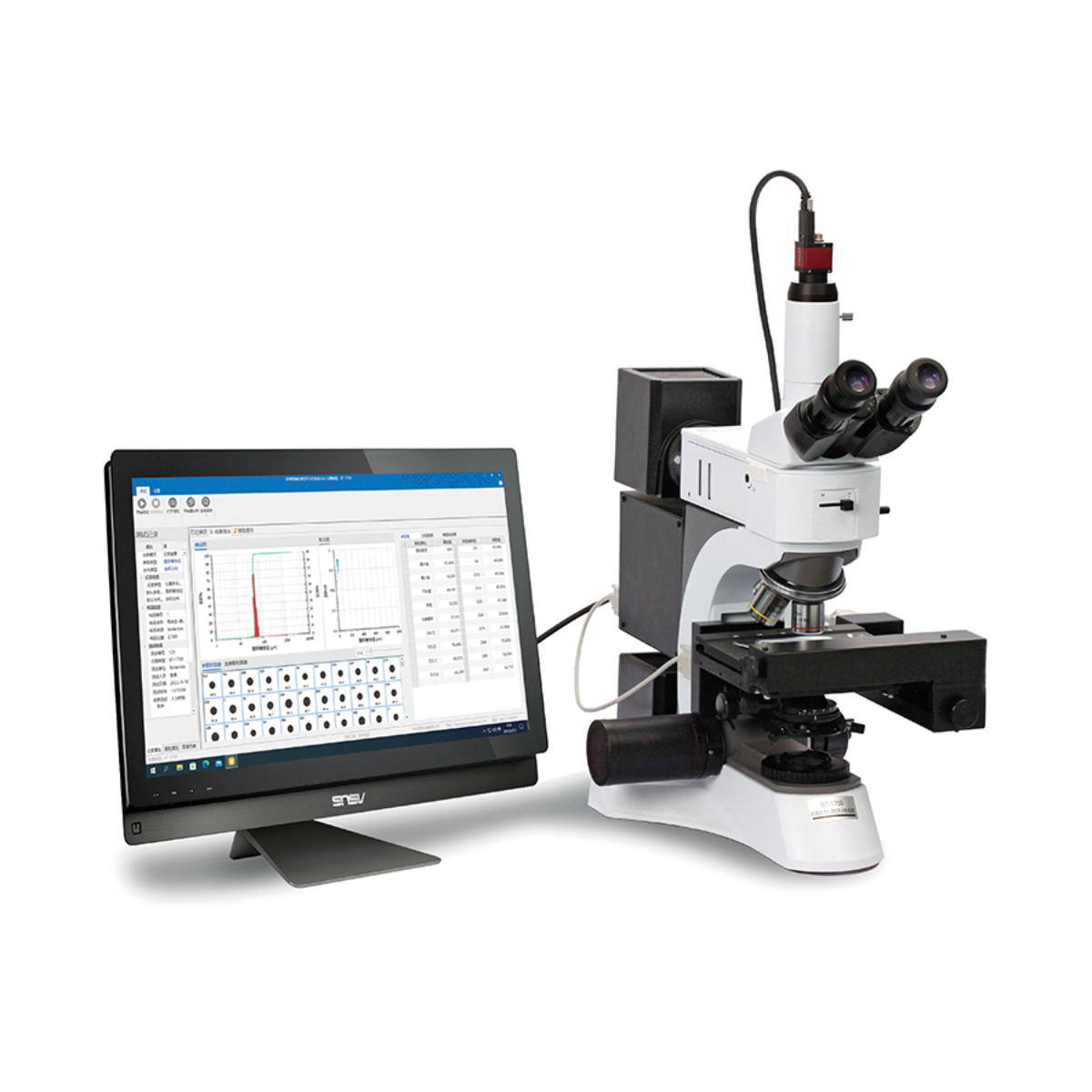浓 度 1mg/1ml
规 格 0.1ml/100μg 0.2ml/200μg
抗体来源 Rabbit
克隆类型 polyclonal
交叉反应 Human, Mouse, Rat, Dog, Horse, Sheep
产品类型 一抗
研究领域 发育生物学 转录调节因子
蛋白分子量 predicted molecular weight: 41(h)/53(m)kDa
性 状 Lyophilized or Liquid
免 疫 原 KLH conjugated synthetic peptide derived from mouse Dmrta1 (51-100aa)
亚 型 IgG
纯化方法 affinity purified by Protein A
储 存 液 Preservative: 15mM Sodium Azide, Constituents: 1% BSA, 0.01M PBS, pH 7.4
产品应用 WB=1:100-500 ELISA=1:500-1000 IHC-P=1:100-500 IHC-F=1:100-500 ICC=1:100-500 IF=1:100-500
(石蜡切片需做抗原修复)
not yet tested in other applications.
optimal dilutions/concentrations should be determined by the end user.
保存条件 Store at -20 °C for one year. Avoid repeated freeze/thaw cycles. The lyophilized antibody is stable at room temperature for at least one month and for greater than a year when kept at -20°C. When reconstituted in sterile pH 7.4 0.01M PBS or diluent of antibody the antibody is stable for at least two weeks at 2-4 °C.
Important Note This product as supplied is intended for research use only, not for use in human, therapeutic or diagnostic applications.
性发育转录因子蛋白DMO抗体产品介绍 DMRTA1 is a 504 amino acid protein that localizes to the nucleus and contains one DM DNA-binding domain. Expressed in prostate, liver, pancreas and kidney and present at lower levels in ovary and testis, DMRTA1 is thought to be involved in sexual developmental processes during maturation. The gene encoding DMRTA1 maps to human chromosome 9, which houses over 900 genes and comprises nearly 4% of the human genome. Hereditary hemorrhagic telangiectasia, which is characterized by harmful vascular defects, and Familial dysautonomia, are both associated with chromosome 9. Notably, chromosome 9 encompasses the largest interferon family gene cluster.
Function : Transcription factor that plays a key role in male sex determination and differentiation by controlling testis development and male germ cell proliferation. Plays a central role in spermatogonia by inhibiting meiosis in undifferentiated spermatogonia and promoting mitosis, leading to spermatogonial development and allowing abundant and continuous production of sperm. Acts both as a transcription repressor and activator: prevents meiosis by restricting retinoic acid (RA)-dependent transcription and repressing STRA8 expression and promotes spermatogonial development by activating spermatogonial differentiation genes, such as SOHLH1. Also plays a key role in postnatal sex maintenance by maintaining testis determination and preventing feminization: represses transcription of female promoting genes such as FOXL2 and activates male-specific genes. May act as a tumor suppressor. May also play a minor role in oogenesis (By similarity).
Subcellular Location : Nucleus.
Tissue Specificity : Testis-specific.
DISEASE : Defects in DMRT1 may be a cause of testicular germ cell tumor (TGCT) [MIM:273300]. A common solid malignancy in males. Germ cell tumors of the testis constitute 95% of all testicular neoplasms.
Defects in DMRT1 may be a cause of 46,XY sex reversal type 4 (SRXY4) [MIM:54230]. A condition characterized by male-to-female sex reversal in the presence of a normal 46,XY karyotype. Patients display complete or partial gonadal dysgenesis and a chromosome 9p deletion.
Similarity : Belongs to the DMRT family.
Contains 1 DM DNA-binding domain.
Database links : UniProtKB/Swiss-Prot: Q9Y5R6.2 (human)
UniProtKB/Swiss-Prot: Q8CFG4.1 (mouse)
![]()




